I drove for hours that night, just circling around town, jumping on and off the highway over and over again. I didn’t go back to my apartment until just after sunrise. Sleep didn’t come easy, despite the fact that I had been awake for nearly twenty-four hours. My mind tumbled endlessly over Misty’s ‘confession’ to me. She was either having fun at my expense, in which case I was angry, or she was serious, in which case I felt like an idiot. “Werewolves and vampires,” I muttered to myself again and again and scoffed.
As I thought it through, I realized I wasn’t really angry with Misty. Sure, she was the object of most of my emotions at the time, but the only person I had to blame for finding myself in this crooked, joyless little slice of America was myself. I had turned my life upside down to move to Cold Hollow to be a journalist and “make it,” whatever that meant. My move to this barren little berg had come with the expectation that I would get out of here with a huge story to break. But I was quickly realizing that I might just barely make it out of Cold Hollow alive and with my sanity intact.
It was almost noon when I woke up the next day. The sun was uncharacteristically strong which made facing the day a bit easier in some ways. Still, I was upset. Fortunately, I was able to channel the negativity into productivity. I made a thermos full of instant coffee, ate a banana and a hard-boiled egg, and took a trip to the public library. The local library didn’t have many books, especially on niche topics like supernatural studies, so I drove an extra hour to visit the library in Burlington.
I thought about Misty and McClinton and Millicent and wondered if there was something in the water, or maybe it was just the isolation, that made people in the Cold Hollow region slowly lose their grasp on reality. How could Misty seriously suggest that Sivene was a werewolf? That Nicole had been attacked by vampires? Could it be that she really believed all of this? Maybe this was Misty’s bizarre way of covering for Sivene. Maybe she knew that I had been working with Detective O’Connor? Or maybe Misty was involved in the disappearances herself somehow and had been trying to throw me off the scent of what really happened all along. Whatever the answer, I was going to get to the bottom of it.
I dropped my bag down at a deserted table in the back of the library, gathered a few books on the history of witchcraft and vampires, as well as modern guides to Wicca and witchcraft. There wasn’t much on the topic of werewolves, probably because sane people don’t bother writing serious books about werewolves, but there was one: an old volume that referred to werewolfism as lycanthropy.
As I passed by the reference desk, a young librarian with strawberry-blonde hair and an adorable gap between her teeth looked up and asked me if I needed assistance with anything. She was gorgeous and, I’ll confess, I would have preferred to abandon my books and spend the afternoon talking with her, but I had work to do. Mustering all my professional discipline, I told her I was fine and settled in for a marathon reading session.
Hours crawled by as I thumbed through endless books on dark supernatural lore. I started with a general survey of the witchcraft in America and worked my way towards more specific subjects. I considered calling Millicent and scheduling another meeting with her to discuss some of the things I was reading about, but at that moment I was feeling so walled off, I wasn’t sure I could trust anyone but myself.
I was hesitant to even pick up a book on the history of lycanthropy, but I told myself that doing a little research into the condition didn’t mean I was seriously considering Misty’s recounting of the events at Lake Carmi. I read a brief chapter on the history of werewolves in Europe and found myself far more engrossed in the subject than I imagined. My understanding of these creatures was elementary, at best, and very much a product of the Hollywood films I had seen over the years.
The French, as I discovered, viewed werewolves radically different than people did in Ireland and Northern Europe. In France, werewolves were considered to be monsters marked by evil. They were almost exclusively men, most of them victims of a curse, who had been transformed into ravenous beasts and preyed upon the innocent, killing for no particular reason at all. In the Irish tradition, however, werewolves were protectors and warded off malevolent supernatural beings, witches, and the like.
I was surprised to stumble on a case from the late 1600s when a man living in Latvia called Thiess claimed to be a werewolf. Not only that, he claimed his ability to shape-shift into a wolf was a blessing from God in order to protect humans from the demons and witches of hell. Just like Sivene, I thought. Could she be one of these – or think that she’s one of these beings with the intent to protect rather than kill?
My research took me back and forth through European history, focusing mostly on Ireland and France where these two sparring histories seemed to contradict one another at every turn. I discovered that France had apparently been a hotbed for the occult over the last several centuries and seemed to attract many wealthy elites interested in Occultist practices. I wondered why the French saw werewolves so differently than the common people of Northern Europe. Was it possible that those involved with the Occult in France saw werewolves as evil because the beasts kept killing them for practicing the dark arts?
I became enraptured by these books, hardly able to believe that this history was real. I couldn’t decide if it was meant to be taken seriously or meant to be read as fables and allegories for the dangers of deviating from the Christian God. I read for hours on end, diving deeper and deeper into the history of the creatures said to be living amongst the people of Vermont. Eventually, my studies brought me to the history of lycanthropy in New England and Canada. As far back as the mid-1700’s wolves bigger than men were reported in the very region. But these weren’t just any wolves. These wolves could talk, just like the werewolves encountered in Ireland.
As I read, I began piecing it all together, placing werewolves in the context of other mythological traditions, and a much bigger picture came into focus. According to both Irish and Norse myth, the Earth had been invaded several times by malevolent beings from other realms. The Vikings called these beings ‘Vanir’ and said they practiced a type of witchcraft that involved bizarre rituals that included drinking blood, cannibalism, and other acts ancient Nordic people considered ‘dishonorable.’ The Vanir sounded an awful lot like Vampires to me and to resist them, Odin, Thor, and the Aesir deities waged a war against them. According to the old Viking stories, many of the Aesir deities relied on magical animals or were capable of transforming themselves into animals too. Odin, considered the chief of the gods, was often associated with wolves and warriors devoted to him were said to gain the power to transform into bears and wolves when going into battle.
Variations of these stories existed throughout pagan Europe, but it was an even earlier Irish tradition that I found most intriguing. There, a group of legendary warriors would go “wolfing” to chase dark invaders from the ancient land of Erin. These warriors were called Fianna which, I learned, later became the basis for the English word “Fenian,” a term used to describe Ireland’s modern freedom-fighters. That’s when I recalled seeing the historical marker along Route 105 between Saint Albans and Enosburg Falls noting that Cold Hollow had been the sight of the so-called “Fenian Raids” during the late 1800s. Could all of this be connected somehow?
From growing up in Massachusetts, I was well-acquainted with the long history of people practicing witchcraft throughout New England. The Salem Witch Trials are but one of the most famous examples. But there were more, many more. Not only that, after the Salem Witch Trials, there were other bouts of mass hysteria. In Vermont and New Hampshire, for instance, there were several chilling events that later became collectively known as ‘The Vampire Panic,’ involving many reports of people being discovered drained of blood. Just like Nicole.
For the sake of making sense of all this, I allowed myself to entertain a hypothesis; could it be that Lilly and the McClintons were somehow involved in witchcraft? Could it be that one of them had literally drained poor Nicole of her blood? If so, Misty’s bizarre story actually made sense, if you believe in all this stuff. Regardless of whether witches, vampires and werewolves are real or not, people in New England are prone to believing in these sort of things. And, as history has shown, the results of those beliefs are often deadly.
I shut the book and sat back in my chair. My eyes were bleary and my head ached from reading so much in the dull low light of the library. Vampires. Werewolves. Occultists. Had I really moved from Boston, away from my family, my girlfriend, my friends, to tell this story?
It was around sunset when I finally left the library and made my way back to Cold Hollow. I was overwhelmed with information and my mind was basically fried by the time the highway turned into Main Street. As I drove, I spotted a familiar black pickup truck in the parking lot of The Drift. Owen was getting his drinking started early tonight, I thought. A part of me really wanted to share with him everything I had just learned, so I impulsively pulled in and parked beside Owen’s truck. But once I was there, I sat in my car, realizing I didn’t really want to go back into the bar, especially after my last interaction with Misty. I considered leaving, but I just couldn’t. I had to hear myself tell my theories to someone else, someone who was equally concerned with getting to the bottom of the murder case, but who was as skeptical of ghost stories as I was.




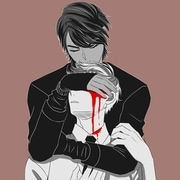

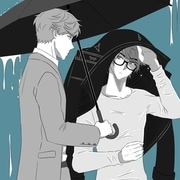
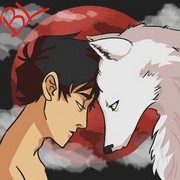
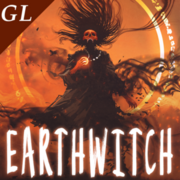

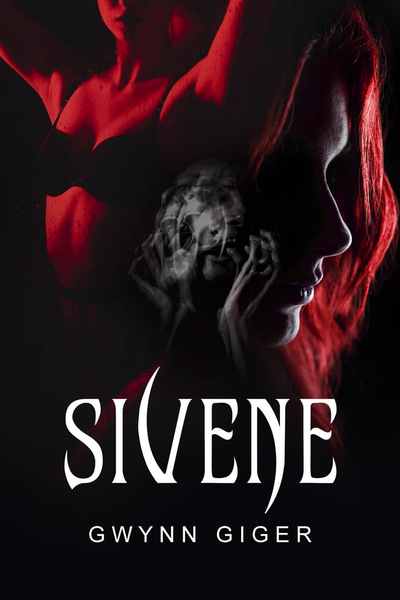
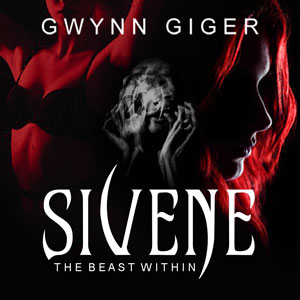
Comments (0)
See all